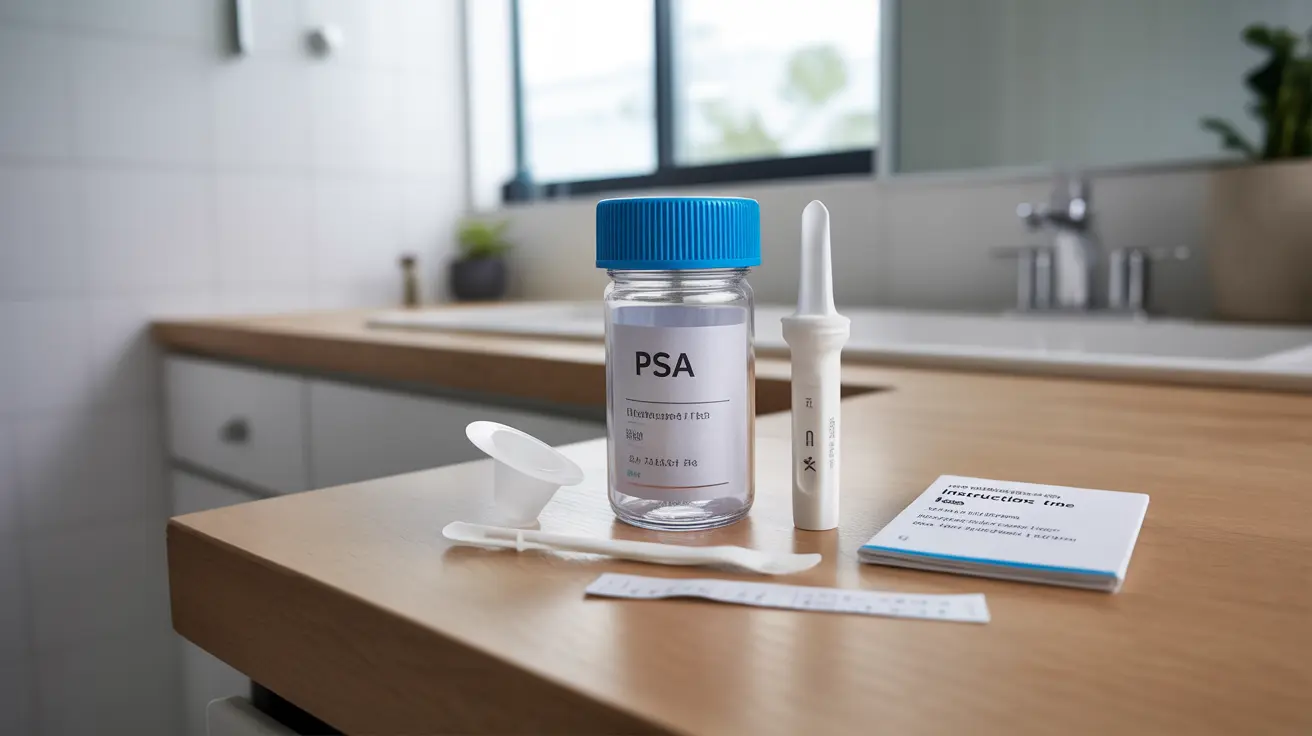The availability of at-home PSA (Prostate-Specific Antigen) testing has made it easier for men to monitor their prostate health from the comfort of their homes. However, understanding how these tests work, their limitations, and proper interpretation of results is crucial for making informed healthcare decisions.
In this comprehensive guide, we'll explore everything you need to know about at-home PSA testing, including how to use these tests effectively, what the results mean, and when to seek professional medical attention.
Understanding At-Home PSA Tests
At-home PSA tests measure the levels of prostate-specific antigen in your blood through a finger-prick sample. These testing kits typically include all necessary materials for collection and instructions for sending samples to a laboratory for analysis.
While these tests can be convenient, they should be viewed as a screening tool rather than a definitive diagnostic method for prostate cancer. Regular testing can help track PSA levels over time and alert you to potential concerns that warrant professional medical evaluation.
How to Perform an At-Home PSA Test
Test Kit Components
A typical at-home PSA test kit includes:
- Sterile lancet for finger pricking
- Collection card or tube
- Alcohol swab
- Bandage
- Pre-paid shipping materials
- Detailed instructions
Step-by-Step Testing Process
To perform the test:
- Wash and dry your hands thoroughly
- Clean your finger with the alcohol swab
- Use the lancet to prick your fingertip
- Collect the required blood sample according to kit instructions
- Package the sample following provided guidelines
- Ship to the designated laboratory
Understanding PSA Levels and Results
PSA levels are measured in nanograms per milliliter (ng/mL) of blood. While normal ranges can vary by age and other factors, general guidelines suggest:
- Ages 40-49: 0-2.5 ng/mL
- Ages 50-59: 0-3.5 ng/mL
- Ages 60-69: 0-4.5 ng/mL
- Ages 70+: 0-6.5 ng/mL
Factors Affecting PSA Levels
Several factors besides prostate cancer can influence PSA levels:
- Age
- Benign prostatic hyperplasia (BPH)
- Recent ejaculation
- Certain medications
- Prostate inflammation or infection
- Vigorous exercise, especially cycling
When to Seek Medical Care
Contact your healthcare provider if:
- Your PSA levels are elevated above normal ranges
- You experience urinary symptoms
- You have a family history of prostate cancer
- You notice consistent increases in PSA levels over time
Frequently Asked Questions
How do I check for prostate cancer at home using PSA tests, and what are their limitations?
At-home PSA tests involve collecting a blood sample through a finger prick and sending it to a laboratory for analysis. However, these tests have limitations: they can't diagnose cancer definitively, may produce false positives or negatives, and should always be confirmed with professional medical evaluation.
What can cause high PSA levels other than prostate cancer?
Several factors can elevate PSA levels besides cancer, including benign prostate enlargement, inflammation, recent sexual activity, certain medications, and vigorous exercise. Age naturally increases PSA levels as well.
How do I interpret the results of an at-home PSA test, and what are my next steps?
Compare your results to age-specific reference ranges. If levels are elevated, don't panic—schedule an appointment with your healthcare provider for further evaluation and possible additional testing.
Are at-home prostate cancer tests reliable for diagnosing prostate cancer?
At-home PSA tests are screening tools, not diagnostic tests. While they can detect elevated PSA levels, only a healthcare provider can diagnose prostate cancer through additional testing, including physical exams and possible biopsy.
What are the pros and cons of using at-home PSA tests for prostate cancer screening?
Pros include convenience, privacy, and regular monitoring capability. Cons include potential accuracy limitations, the possibility of false results, and the risk of unnecessary anxiety. These tests should complement, not replace, regular medical check-ups.




